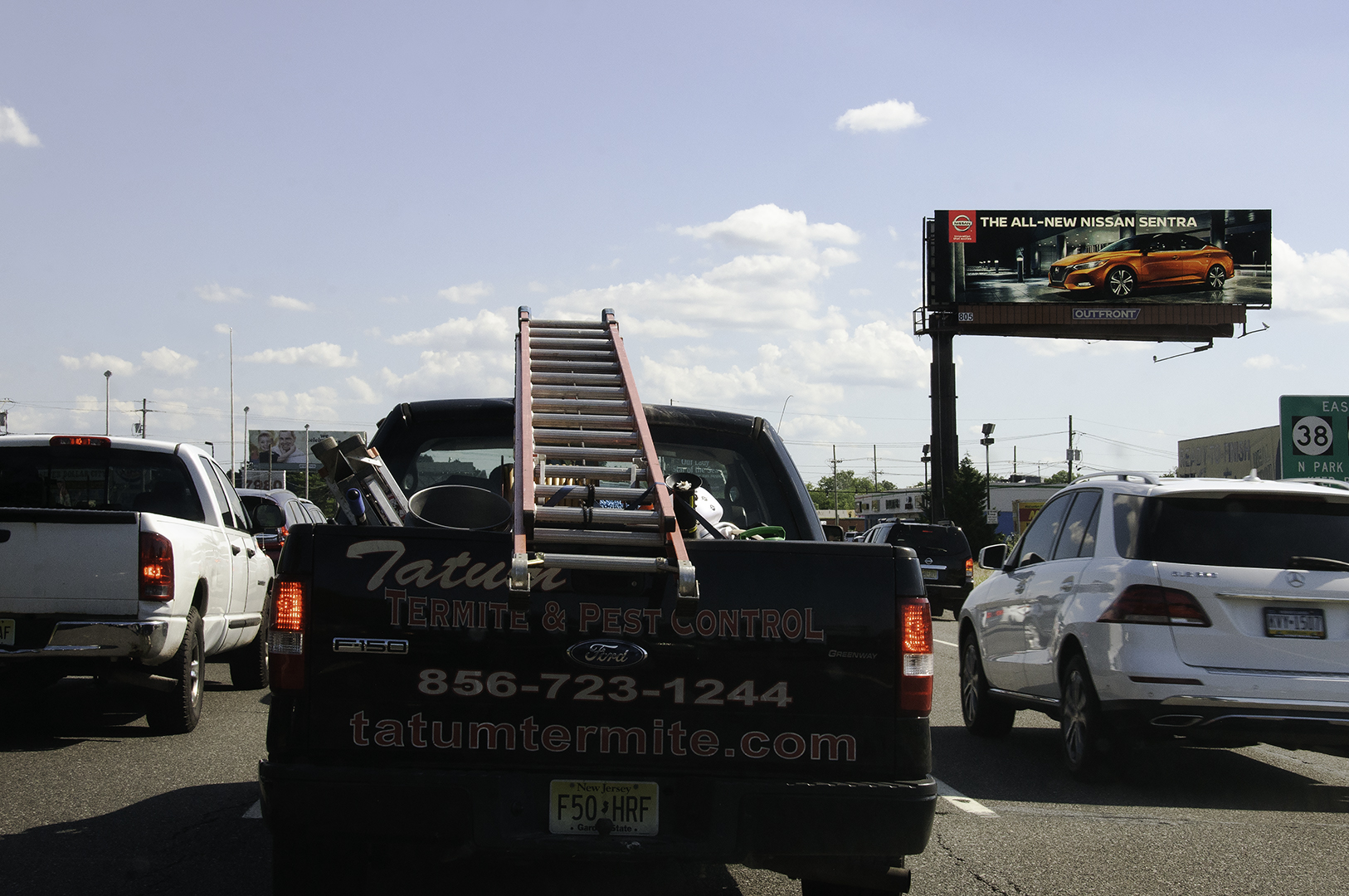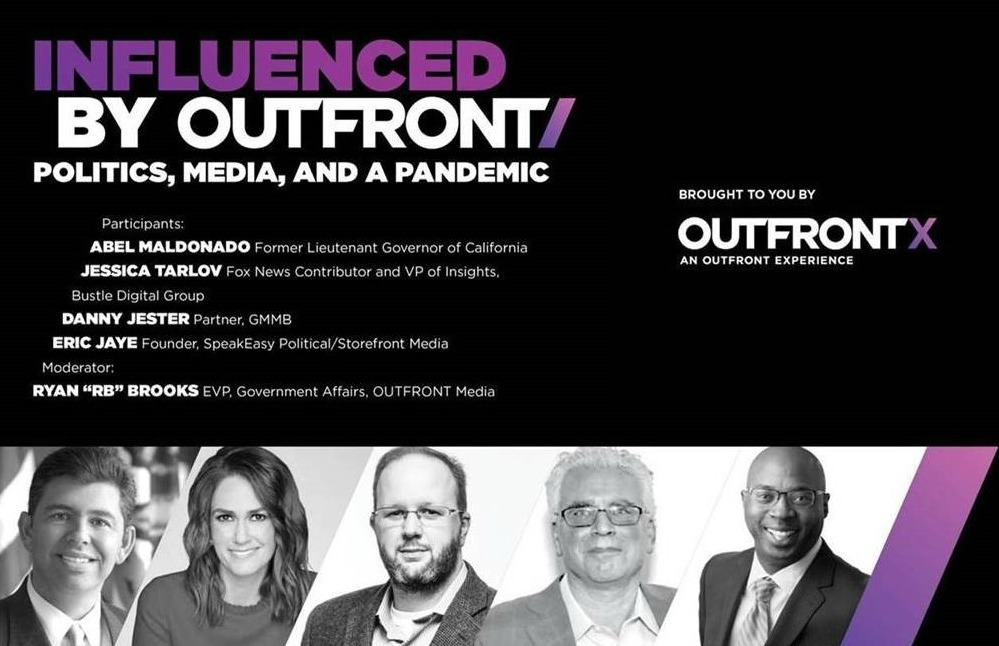Today, billboards are a mainstay of the Out-of-Home (OOH) industry, representing 66 percent of total revenue, says B Media Group. They're engaging the people who (at least until COVID-19) spent 70 percent of their days outside the home, Morgan Stanley Research says. OOH advertising isn't just on public placards, it's in doctor's offices, bus shelters, mall kiosks, old telephone booths, on the sides of buses and on lampposts. And OOH is increasingly digital (DOOH). According to The Myers Report, digital OOH generated $2.8 billion in 2019 and it's growing quickly.
Digital ads work. A recent Nielsen study shows a high notice rate and the ability to drive online/offline action for digital billboards, digital street furniture and digital transit. According to Movia, of the 70 percent of people who recall seeing a digital ad in the past month, 47 percent specifically remember the ad's contents.
Watch the live stream at MediaVillage today at 4PM.
OOH generally is effective. Nielsen said in 2017, "Online activations including search, Facebook, Twitter and Instagram activity generated by out of home advertising indexes at nearly four times the rate we would expect given its relative ad spend….Nearly five in 10 U.S. residents age 18 or older (46 percent) have used Google, Bing, Yahoo or another Internet search engine to look up information after seeing or hearing something advertised on a billboard, bus shelter or other outdoor advertising or in a movie theater in the past six months."
Les Harrison represents client/agency partnerships and is head of automotive at Outfront Media (formerly CBS Outdoor). "For us, digital is a small percentage of inventory but a growing part of revenue," he said. Harrison said auto companies are embracing digital buys, including Ford, Nissan and Jaguar Land Rover. And some companies are using DOOH to get larger audience for live-streamed events, often in conjunction with YouTube.

In an example of innovation in DOOH, Porsche recently hosted guests to a drive-in screening of Mad Max: Fury Road on the top of the Grove in Los Angeles. Using Hollywood as the backdrop, star Charlize Theron introduced the movie to a private audience of 250 guests. Toyota live-streamed the launch of the new Venza but hasn't used DOOH yet.
Photo Captions:
At top: A live board for the Chevy Blazer. Transit spaces are prime locations for DOOH. (OUTFRONT photo)
Traffic streams past a Porsche billboard in Atlanta. (OUTFRONT photo)
Nissan gets the message out in Philadelphia. (OUTFRONT photo)
Click the social buttons to share this story with colleagues and friends.
The opinions expressed here are the author's views and do not necessarily represent the views of
